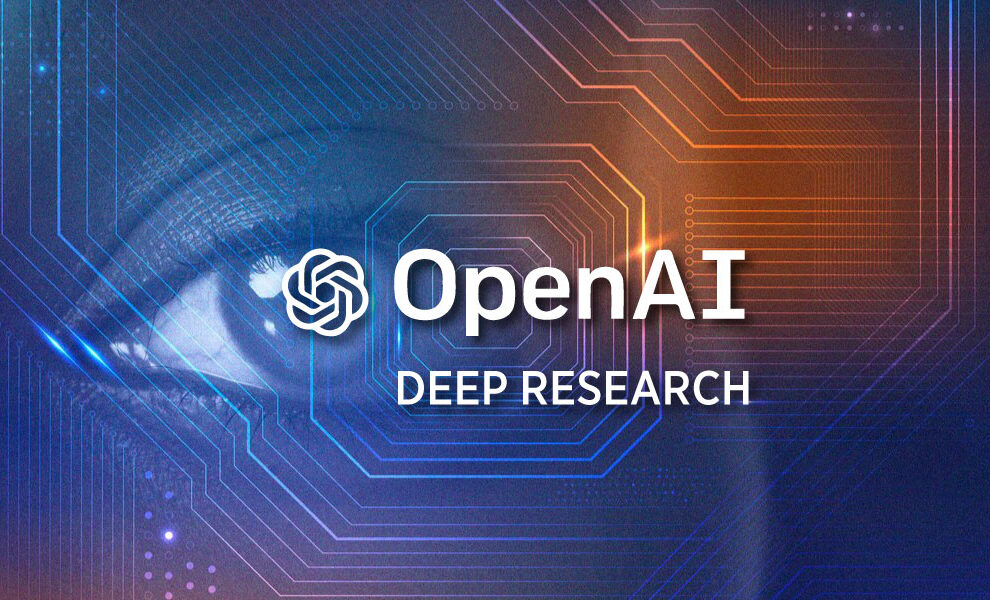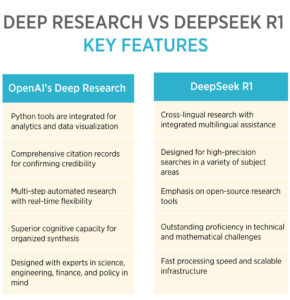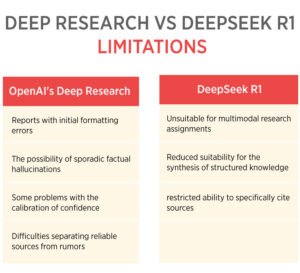Imagine having a personal research helper who can get through a ton of material in a matter of minutes and produce thoughtful, thorough reports. The new OpenAI Deep Research tool seeks to do this. Science, engineering, banking, and policymaking are just a few of the areas that will benefit from the efficiency of this new AI-powered system. Through the intelligent search, analysis, and summarization of web material, Deep Research produces high-quality insights while saving time.
How does DeepSeek R1, another AI-powered research tool, stack up against it, though? Let’s examine how these two technologies compare and what they signify for the direction of AI-powered research in the future.
Understanding OpenAI Deep Research
OpenAI has introduced a new tool that creates detailed reports using multi-step, exact, and extensive online research that it claims can match the output of a research analyst.
In tens of minutes, the “Deep Research” bot can do tasks that a person can complete in several hours, according to the business.
OpenAI Deep Research is a novel agentic capacity that, when given a prompt, can discover, analyze, and synthesize hundreds of internet resources to provide thorough reports for those performing heavy knowledge work in fields such as science, engineering, finance, and many more.
The company’s OpenAI o3 model, which is geared for online surfing and data processing, powers it. Deep Research uses reasoning to gather and evaluate “massive amounts of text, images, and PDFs” online, according to OpenAI, and it may change course based on what it discovers.
“Creating new knowledge requires the ability to synthesize existing knowledge,” OpenAI stated in a launch statement. OpenAI Deep Research is, therefore, a big step towards our larger objective of creating artificial general intelligence (AGI), which we have long imagined to be able to generate original scientific research.
The Power of OpenAI Deep Research
The tool seeks, rationalizes, and aggregates information from the internet on its own. OpenAI trained the tool on real-world activities, much like it did with OpenAI o1, its initial reasoning model.
But even though that tool was quite useful in fields like math, coding, and technical output, the intricate real-world problems that organizations and industries encounter frequently call for more thorough and in-depth information and context collecting from a variety of sources online.
Deep Research, according to OpenAI, builds on its current skills to tackle the types of issues that many of us encounter in our daily lives and jobs. For expert-level work in fields like physics, linguistics, and healthcare, as well as for professionals working in information-rich and complicated sectors, this makes it perfect.
OpenAI Deep Research may assist “discerning shoppers looking for hyper-personalized recommendations on purchases that typically require careful research, like cars, appliances, and furniture,” according to OpenAI. It is also equally helpful for professionals in their spare time.
According to the business, the tool would do each operation in five to thirty minutes and will provide a source for all of its claims. In ChatGPT, it looks like a button, and users may attach documents and spreadsheets to provide more context for queries and prompts.
End-to-end reinforcement learning was used by OpenAI to teach Deep Research. As a result, the tool may plan and carry out a multi-step trajectory to gather data and information, including going back and responding in real time.
The finished product is displayed as a report inside the chat, and OpenAI outlines its future intentions to include data and graphics.
How to Leverage Deep Research’ Feature in ChatGPT
In the ChatGPT message composer, users may access OpenAI Deep Research by choosing the option and typing their questions. Even files or spreadsheets can be uploaded for further context.
When it launches, a sidebar displaying the actions it is performing and the sources it is using will come up. Based on the intricacy of the request, the research process may take five to thirty minutes.
Upon completion, you will receive a notification, and the final report will contain citations and a synopsis of its logic. Charts, photos, and other graphics will be included in future releases.
Deep Research Vs DeepSeek R1 – Key Features
OpenAI’s Deep Research
- Python tools are integrated for analytics and data visualization
- Comprehensive citation records for confirming credibility
- Multi-step automated research with real-time flexibility
- Superior cognitive capacity for organized synthesis
- Designed with experts in science, engineering, finance, and policy in mind
DeepSeek R1
- Cross-lingual research with integrated multilingual assistance
- Designed for high-precision searches in a variety of subject areas
- Emphasis on open-source research tools
- Outstanding proficiency in technical and mathematical challenges
- Fast processing speed and scalable infrastructure
Deep Research Vs DeepSeek R1 – Limitations
OpenAI’s Deep Research
- Reports with initial formatting errors
- The possibility of sporadic factual hallucinations
- Some problems with the calibration of confidence
- Difficulties separating reliable sources from rumors
DeepSeek R1
- Unsuitable for multimodal research assignments
- Reduced suitability for the synthesis of structured knowledge
- restricted ability to specifically cite sources
What Comes Next?
The web version of ChatGPT now offers extensive research, but desktop and mobile versions will follow shortly. Additionally, OpenAI is focused on extending its capabilities to include the ability to gather data from specialist sources and subscription-based databases.
Revolutionizing How We Learn and Work!
AI research tools such as DeepSeek R1 and OpenAI’s Deep Research are revolutionizing the way experts collect and evaluate data. In multilingual precision searches, DeepSeek R1 is superior to Deep Research, which concentrates on multi-step reasoning and thorough data synthesis. Despite their differences in advantages and disadvantages, both tools mark a significant advancement in AI’s capacity to improve decision-making and productivity.
As these tools develop further, they have the potential to transform disciplines that depend on in-depth study. Regardless of your background – scientist, financial analyst, or just someone seeking deep insights – AI-driven research is assured to become an essential component of the future.
To gain quicker, more intelligent insights, embrace the future of research by investigating AI-powered tools such as OpenAI Deep Research and DeepSeek R1. For more latest updates in the AI world, keep visiting us at HiTechNectar.
Also Read:
Google Veo 2 vs. OpenAI Sora: Which AI Video Content Creator Is Best?
OpenAI Introduces GPT-4o, a Faster and Free Model for all ChatGPT Users
